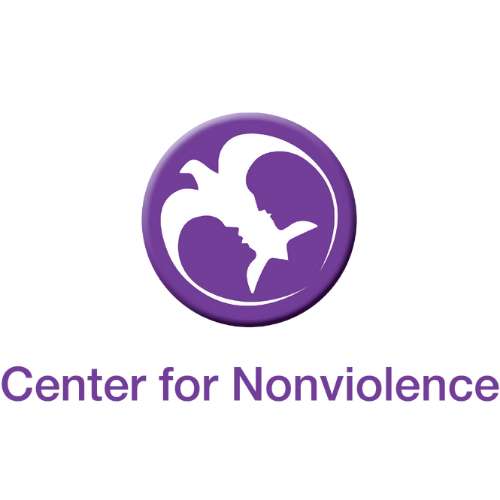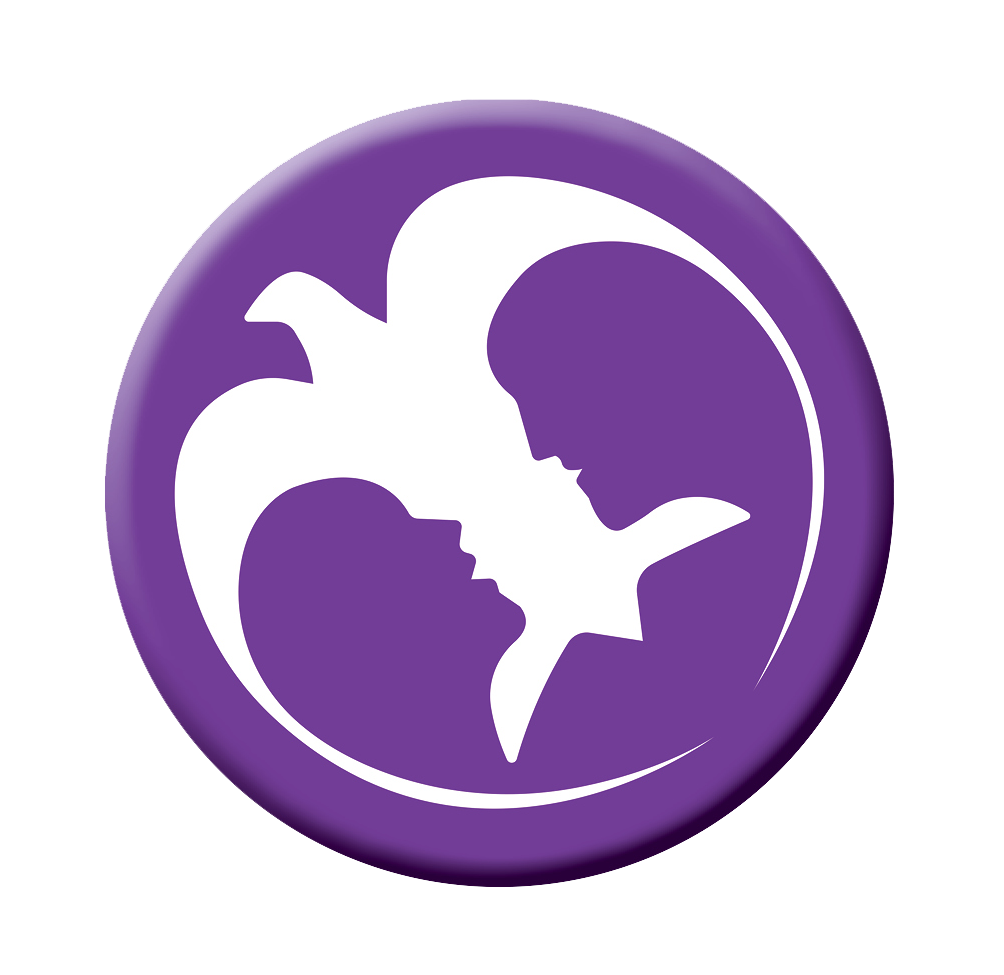Covid-19 Pandemic Response Plan
As the Center for Nonviolence begins to gradually return employees to on-site work, the organization and its staff members each have important roles to play in ensuring safe working conditions. This document outlines the steps being taken to ensure the health, safety, and well-being of Center for Nonviolence staff, clients, and volunteers. This document will be updated as needed.
Preparing the Workplace
The Center for Nonviolence workplace consists of the physical building and the spaces within it, including staff workspaces, client meeting spaces, and group rooms. Until Further notice, and for the health and safety of anyone conducting business in the CfN building, the following measures will be implemented under four main areas: Eliminating the Hazard; Managing Physical Controls; Managing Staff and Clients; and Instilling Protective Measures.
Eliminating the Hazard – Physically removing the hazard of exposure
● Staff who are sick will be required to stay home.
● As a general expectation, staff will continue to work off-site unless specific job responsibilities/roles require on-site work.
● Staff will bring pre-prepared/pre-packaged meals and drinks. Use of the kitchen will be limited to the refrigerator, microwave, sink (for handwashing only), trash bins, and recycling receptacles.
● Virtual meetings and client sessions (both group and individual) will be the norm.
● Deep cleaning of the building will be performed on a more routine basis
● Furnace and other air filters will be changed on amore routine basis
Managing Physical Controls – Isolating people from the hazard
● Immediately upon entering the building , staff, clients, and others must be wearing a mask and must follow hand washing/sanitizing protocols.
● Portable hand sanitizing pump stations, wipes, gloves, and paper products will be distributed throughout the building.
● Portable plexiglass barriers will be placed at the front desk and will be available for use in other spaces as needed.
● Visitors and individuals accompanying clients will not be allowed in the building without prior approval.
● Floors in public/common areas of the building will be marked to indicate 6ft physical distancing.
● When necessary, space between desks, tables, and chairs will be increased or rearranged.
● If needed, the 2nd floor library and the first floor small group/conference room can be used for staff workspace.
● Staff will assist with routine cleaning/disinfecting of public areas and high touch items, including:
o Restrooms
o Door handles
o Light switches
o File cabinets
o Desks and tables
o Chair arms
o Handrails
o Microwaves/refrigerators
o Copiers, printers, shredders
Managing Staff and Clients – Changing work habits and behavior
● The number of staff in the building will be limited by staggering schedules, work hours, or days
● Except in the case of a crisis or other emergency, and pre-scheduled groups, on-site client services will be by appointment only
● On-site groups will be limited and group size will be decreased
● All Center-related travel will be suspended.
● Staff and clients will observe physical distancing protocols within the building (staying at least 6ft apart, not gathering or congregating in common or work spaces, etc.).
Instilling Protective Measures – Provide PPE and define protocols for the appropriate use of PPE.
● Staff and clients will be required to wear masks at all times when in the building
● Gloves and reusable cloth masks will be provided to staff; disposable masks will be provided to clients without masks who are requesting entry into the building.
● Staff will be advised to regularly launder reusable masks following CDC guidelines for proper mask sanitizing.
● Staff will be encouraged to have at least one additional mask with them at all times in case a change is necessary.
Employee Expectations
All staff members play a key role in keeping themselves and others safe. When in the building, staff will be asked to do the following:
Limit Contact
● Use Center-approved digital platforms to conduct virtual meetings and client work.
● Greet people without shaking hands.
● Practice physical distancing.
● Respect the personal space and physical distancing of others.
● Keep family members and others safe by not bringing them to the work environment.
● Please notify SAT immediately about any personal travel plans.
Practice Good Hygiene
● Maintain excellent hand hygiene using soap and water for at least 20 seconds or hand sanitizer when hand washing is not possible.
● Wash hands regularly and often (at least every 2 hours and more often if you touch your face, after sneezing or coughing, after using the restroom, before eating or drinking).
● Use hand sanitizer regularly and often.
● After washing and sanitizing hands, use a moisturizer to reduce the possibility of exposure to germs and viruses through dry, cracked skin.
● Use tissue or paper towels as barriers when touching shared surfaces (doors and door knobs, file cabinet handles, etc.).
● If you must sneeze or cough, do so into your mask or into your elbow.
● Bring at least one “back up” mask in case your primary mask gets soiled during the day.
Keep Workspaces Clean
● Disinfect desks, keyboard, light switch, doorknobs, and any frequently touched surfaces in your workspace when arriving and prior to leaving. Whenever possible, wear gloves to clean, and wash hands after cleaning.
● When cleaning electronics, apply cleaner to a paper towel or soft cloth rather than directly onto the surface of the equipment (applying cleaners directly to an electronic device will damage the device).
● Whenever possible, limit contact with doors, railings, and other high contact surfaces.
● After each use, wipe down/clean common use items, such as
o Restrooms
o Door handles
o Light switches
o File cabinets
o Desks and tables
o Chair arms
o Handrails
o Microwaves/refrigerators
o Copiers, printers, shredders
Respect and Help Others
● Wear a mask at all times when in the building (take short “air breaks” outside when needed).
● Show compassion, patience, and care to yourself and others.
● For the purposes of contact tracing, use the electronic “sign-in/sign-out” document for letting staff know when you have been in the building.
Self-Monitor Your Health
● Stay home when you are sick.
● Check your temperature before coming to work and throughout the day.
● Report COVID-19 symptoms or a positive test result to a Senior Coordinator or directly to an SAT member.
● Use the self-monitoring checklist:
o Fever (a temperature of 100 degrees F or higher)?
o Loss of smell or taste?
o Cough?
o Muscle aches?
o Sore throat?
o Shortness of breath?
o Chills?
o Nausea, vomiting, diarrhea, loss of appetite?
o Have you or anyone you’ve been in close contact with been diagnosed with COVID-19 or placed in quarantine for possible contact with COVID-19?
o Have you been asked by a medical professional or public health official to self-isolate or quarantine?
o If you answered yes to any of these: STAY HOME then contact your collective and SAT as soon as possible.
Please note: The Center reserves the right to ask anyone in the building to do a temperature check, and may require staff members to be tested for COVID-19 if they (or someone they have been exposed to) are experiencing symptoms, have recently traveled, or have been exposed to someone who has tested positive for COVID-19.

